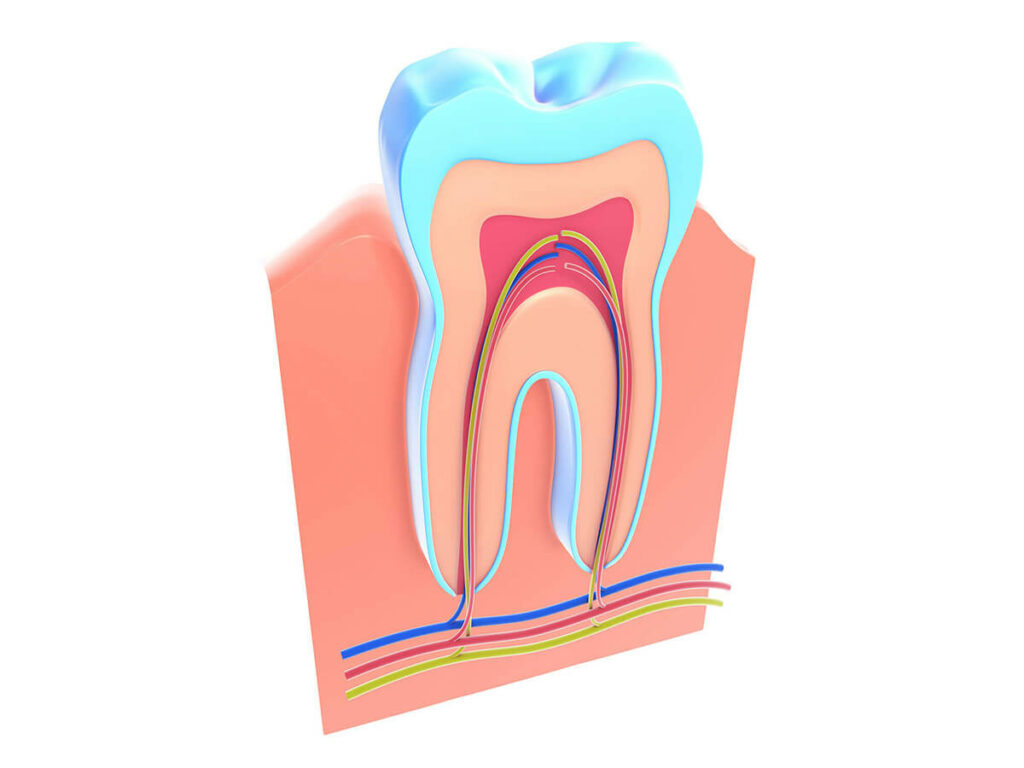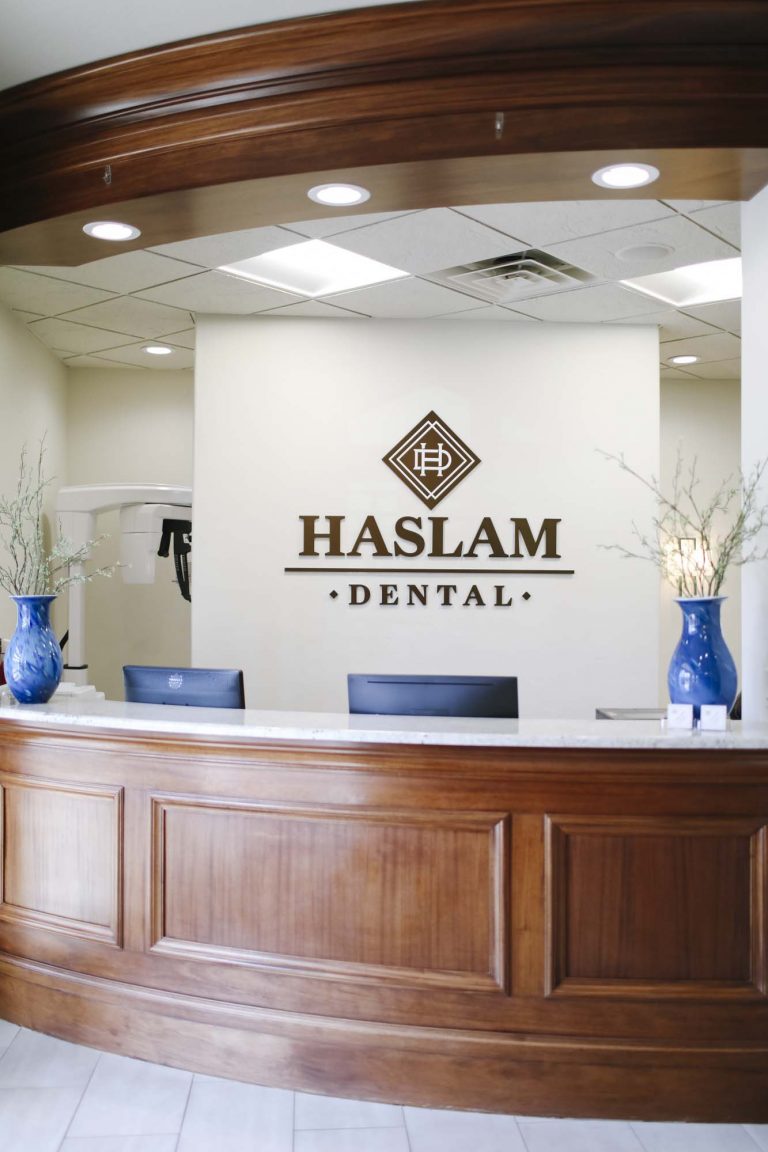Root Canal Treatment
Root canal treatment can save an infected tooth from otherwise certain extraction—it’s a proven procedure that will leave your mouth healthy and strong while restoring its natural appearance.
Root Canal Treatment
A tooth’s inner structure consists of a soft, delicate material called the pulp. This material is normally protected by the tough enamel material that surrounds it. However, a potentially serious infection can occur if harmful bacteria are able to access the inside pulp. This happens occasionally due to deep cavities or unexpected injuries. If you don’t receive treatment, you could likely lose your tooth. Root canal treatment is a great solution to overcome a serious inner tooth infection.

-
How is root canal treatment performed?
Root canal treatment starts with digital X-rays to determine the extent of the damage. Then, generally, sedation is provided for comfort as the dentist accesses the tooth’s inner structure from the top. They carefully clean out an infectious material to leave the tooth as a hollowed-out structure. Then an antimicrobial liquid flushes out the root canals down to the jawbone. The tooth is then treated with a medicated filling substance to offer support and strength and to help the tooth heal in a timely manner. To protect the tooth, a dental crown is placed over the structure to prevent fractures and breakages.
-
How do I know if my root canal is infected?
A patient suffering from an infected root canal will almost certainly recognize that there is something wrong. They will usually be in severe pain and will notice the following signs:
- Severe and intense toothaches that won’t go away
- Sensitivity to hot and cold foods and drinks
- Swollen and tender lymph nodes
- Recurring abscesses on the gums
-
How long does the pain from a root canal last?
There is a common misconception that root canals are very painful. The truth is, a root canal isn’t usually any more painful than a typical dental filling. The dentists usually provide an anesthetic before the procedure so during and a short while after there isn’t a huge amount of discomfort. There will likely be tenderness or sensitivity for a few days though as the root canal heals because the tissues around the gums could be swollen or agitated.
-
What is pulpotomy?
If you experience sensitivity or constant pain, or if the tissue around a tooth is swollen and painful, you may have pulp damage. Damage to the interior living part of the tooth can occur because of trauma, decay or other infection. The ‘pulp’ refers to the live part of the tooth.
If the pulp is damaged, it is important to retain as much of the living pulp as possible, while also treating the infection or removing any damaged sections. One way we do this is with a pulpotomy.
A pulpotomy can be performed if the pulp root is unaffected, and just the tip of the pulp is damaged. If the root is healthy we will remove all the decay and then place material over the remaining pulp to protect it. Finally we will place a crown.
A pulpectomy, more commonly known as a root canal is performed if the damage has extended into the tooth root, we will need to remove all of the pulp extending into the root.
-
What are alternatives to root canal treatment?
Most people facing root canal treatment are curious as to whether there are alternative procedures worth considering. Since endodontic therapy is considered a “last line of defense” for restoring your tooth, the only remaining options are to have your tooth extracted or wait until you’re in pain and have it removed at a later date. Unfortunately, with either of these options, you risk the infection spreading deeper into your face or adjacent teeth. Getting a root canal is the best possible solution.
If you opt to have your tooth extracted, there’s still the concern of replacing it as soon as possible. Otherwise, the extra space in your bite can throw off the alignment of your surrounding teeth. Two of the more common replacement options include a dental bridge or implant.
More questions?
If you have more questions about root canal treatment and the procedures used by Haslam Dental, please contact our office and we will be happy to discuss further.

